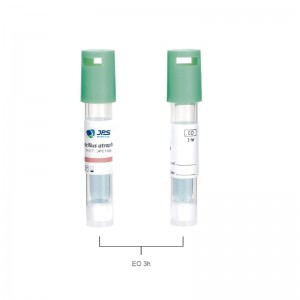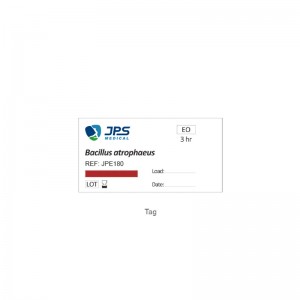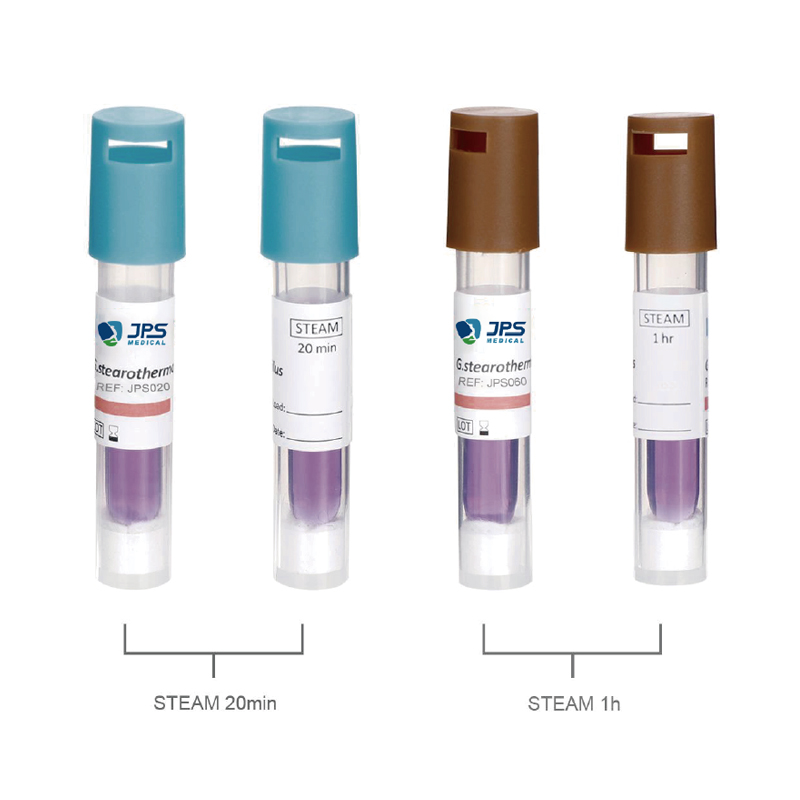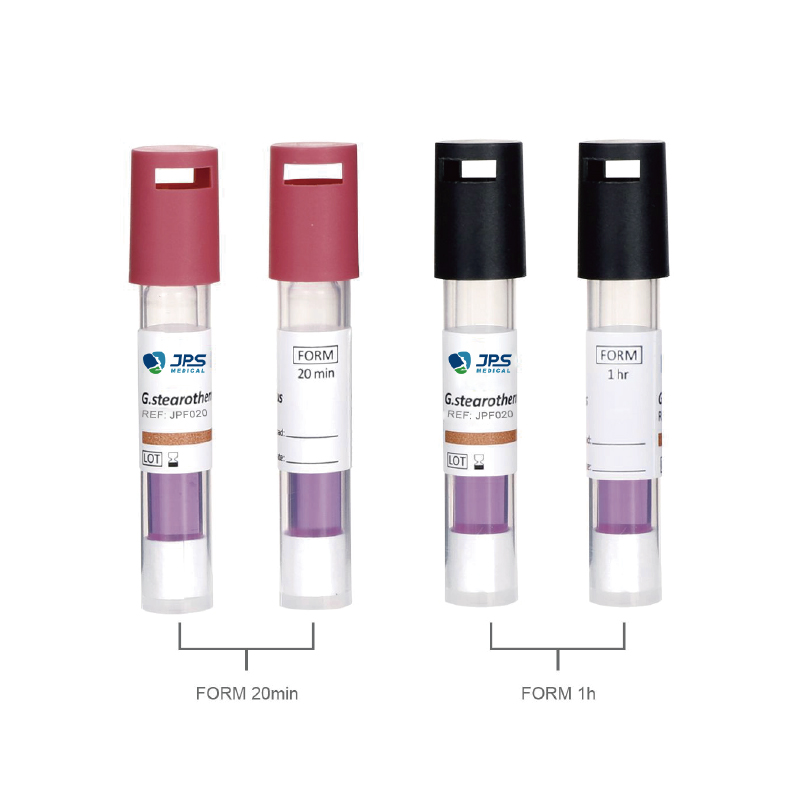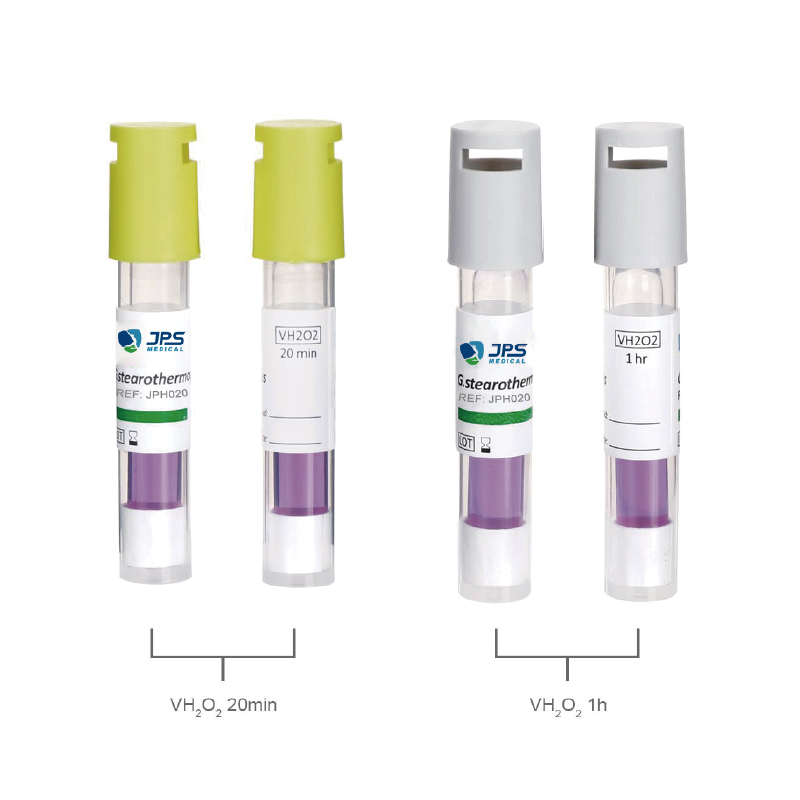Ethylene Oxide Sterilization Biological Indicator
| PRPDUCTS | TIME | MODEL |
| Ethylene Oxide Sterilization Biological Indicator (Rapid Readout) | 3 hr | JPE180 |
| Ethylene Oxide Sterilization Biological Indicator | 48hr | JPE288 |
Microorganisms:
●The BIs contain spores of highly resistant bacteria, typically Bacillus atrophaeus or Geobacillus stearothermophilus.
●These spores are chosen for their known resistance to ethylene oxide, making them ideal for validating the sterilization process.
Carrier:
●The spores are applied to a carrier material such as a paper strip, stainless steel disc, or plastic strip.
●The carrier is enclosed in a protective package that allows EtO gas to penetrate while maintaining the integrity of the spores.
Primary Packaging:
●The BIs are enclosed in materials that ensure they can be easily handled and placed within the sterilization load.
●The packaging is designed to be permeable to ethylene oxide gas but impermeable to contaminants from the environment.
Placement:
●BIs are placed in locations within the sterilization chamber where gas penetration is expected to be most challenging, such as the center of dense packs or inside complex instruments.
●Multiple indicators are often used in different positions to verify uniform gas distribution.
Sterilization Cycle:
●The sterilizer is run through a standard cycle, typically involving EtO gas at specific concentrations, temperatures, and humidity levels for a predetermined time.
●The BIs are exposed to the same conditions as the items being sterilized.
Incubation:
●After the sterilization cycle, BIs are removed and incubated under conditions favorable for the growth of the test organism (e.g., 37°C for Bacillus atrophaeus).
●The incubation period usually lasts between 24 to 48 hours.
Reading Results:
●After incubation, the BIs are examined for signs of microbial growth. No growth indicates that the sterilization process was effective in killing the spores, while growth indicates a failure.
●Results can be indicated by a color change in the growth medium or by turbidity.
Validation and Monitoring:
●BIs provide the most reliable and direct method for validating the effectiveness of EtO sterilization processes.
●They help ensure that all parts of the sterilized load have reached the conditions necessary to achieve sterility.
Regulatory Compliance:
●The use of BIs is often required by regulatory standards and guidelines (e.g., ISO 11135, ANSI/AAMI ST41) to validate and monitor sterilization processes.
●BIs are a critical component of quality assurance programs in healthcare and industrial settings, ensuring patient and consumer safety.
Quality Assurance:
●Regular use of BIs helps maintain high standards of infection control by providing ongoing verification of sterilizer performance.
●They are part of a comprehensive sterilization monitoring program that may also include chemical indicators and physical monitoring devices.
Self-Contained Biological Indicators (SCBIs):
●These include the spore carrier, growth medium, and incubation system in one unit.
●After exposure to the sterilization cycle, the SCBI can be activated and incubated directly without additional handling.
Traditional Biological Indicators:
●These typically consist of a spore strip within a glassine envelope or vial.
●These require transfer to a growth medium after the sterilization cycle for incubation and result interpretation.
High Sensitivity:
●BIs detect the presence of highly resistant bacterial spores, providing a stringent test of the sterilization process.
Comprehensive Validation:
●BIs validate the entire sterilization process, including gas penetration, exposure time, temperature, and humidity.
Safety Assurance:
●They ensure that sterilized products are safe for use, free from viable microorganisms.


